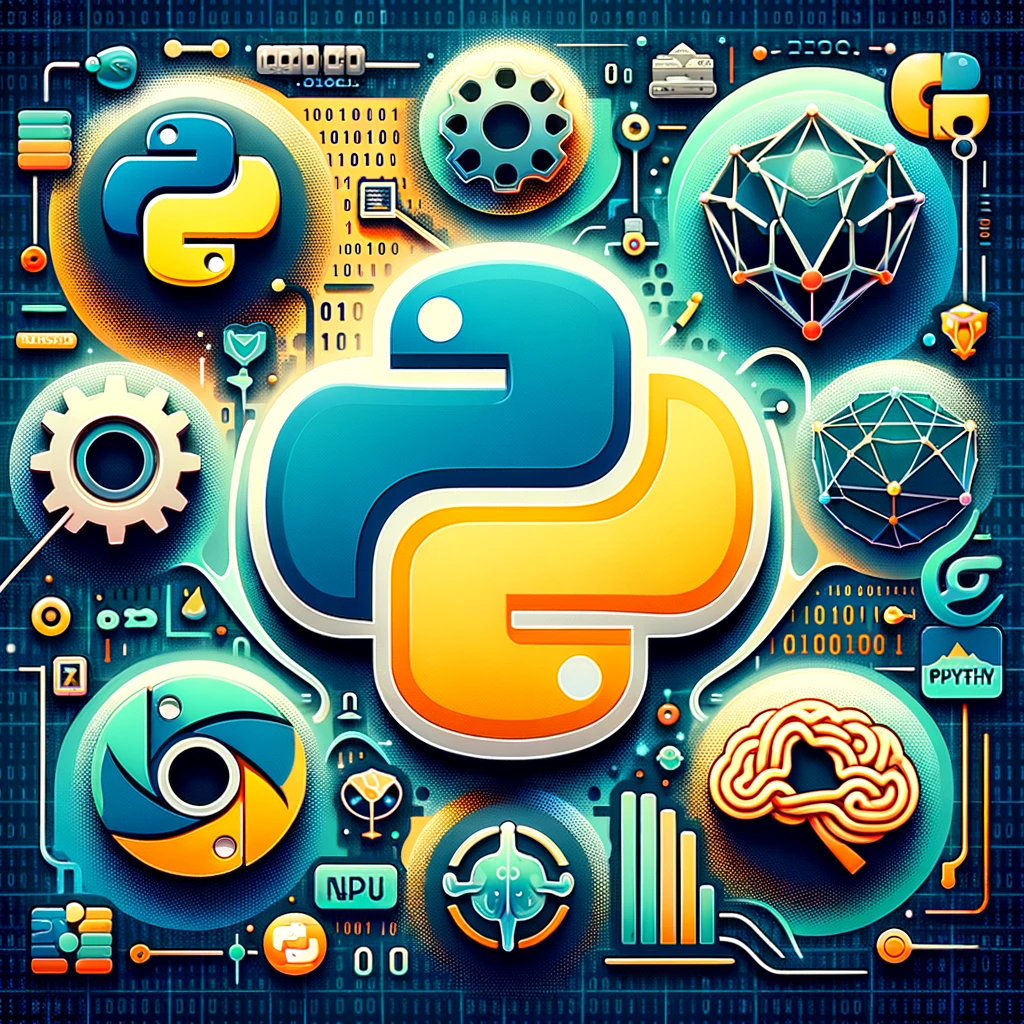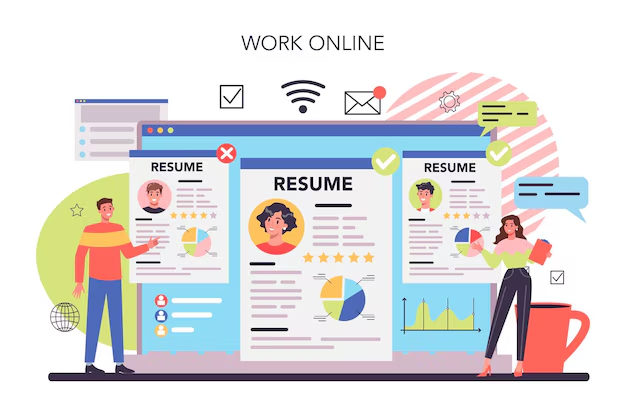In Data Science Projects, one of the most fascinating programs is predictive analytics—the usage of historical records to forecast future tendencies. From predicting stock fees and sales overall performance to expecting customer behavior, statistics technology gives us the tools to make nicely-informed predictions. In this newsletter, we’ll explore how you can use information technology techniques to expect destiny through exciting your first data science projects that show off your technical skills.
Why Predictive Analytics Matters
Predictive analytics uses gadgets to gain knowledge of fashions and statistical techniques to perceive patterns in historical data and forecast destiny consequences. It enables businesses to make proactive choices by way of:
- Improving operational efficiency (e.g., demand forecasting)
- Enhancing customer experience (e.g., personalized recommendations)
- Minimizing risks (e.g., fraud detection)
Incorporating those techniques in data technology tasks can improve your portfolio and impress capability employers.
Top Data Science Techniques for Predicting the Future
When working on predictive data science projects, several strategies may be employed to analyze and forecast destiny developments. These consist of:

1. Time Series Forecasting
Time series information includes facts and elements collected or recorded at specific periods. Time series forecasting is a way used to anticipate destiny values based mostly on observations. It’s broadly applied in finance, economics, and inventory manipulation.
Common Algorithms for Time Series Forecasting:
- ARIMA (AutoRegressive Integrated Moving Average): A popular method for analyzing and forecasting univariate time series data.
- Exponential Smoothing: A technique used to capture the level, trend, and seasonality of a time series.
- LSTM (Long Short-Term Memory Networks): A type of recurrent neural network (RNN) that is excellent for predicting sequences of data.
2. Regression Analysis
Regression is one of the fundamental techniques in predictive modeling. It establishes a dating between impartial variables (features) and a structured variable (outcome) to expect destiny developments.
Types of Regression:
- Linear Regression: Used when the relationship between variables is linear.
- Polynomial Regression: Useful when the data is more complex and a linear relationship doesn’t hold.
- Ridge and Lasso Regression: Regularization techniques that improve model performance by reducing overfitting.
3. Classification Algorithms
Classification is used to expect the probability of a sure outcome based on historical facts. It’s commonly utilized in fraud detection, customer churn prediction, and disease diagnosis.
Common Classification Algorithms:
- Logistic Regression: A classification algorithm that predicts the probability of a binary outcome.
- Random Forest: A powerful ensemble method that can handle large datasets and high-dimensional data.
- Gradient Boosting Machines (GBM): A technique that builds strong predictive models by iteratively improving weak models.
4. Clustering for Segmentation
While not traditionally used for prediction, clustering allows for segmenting records into significant groups. It’s useful for consumer segmentation, permitting businesses to expect which consumer institution is likely to exhibit particular behaviors.
Popular Clustering Techniques:
- K-Means Clustering: Groups data points based on feature similarity.
- Hierarchical Clustering: Builds a hierarchy of clusters, useful when the number of clusters is not predefined.
Exciting Predictive Data Science Projects to Showcase Your Skills
Let’s explore a few exciting information science projects that use predictive analytics to forecast future traits. These initiatives now not only display your know-how of device learning but additionally spotlight your capability to clear up actual-world problems.

1. Stock Price Prediction using Time Series Forecasting
Predicting future stock charges is a tough assignment but a profitable one. This assignment entails the use of historical stock facts and making use of time collection forecasting strategies like ARIMA or LSTM to make predictions.
Steps to Complete the Project:
- Collect historical stock price data (e.g., Yahoo Finance).
- Clean and preprocess the data by removing missing values and handling outliers.
- Use ARIMA to model the stock prices or implement LSTM to capture temporal dependencies.
- Evaluate the model performance using mean squared error (MSE) or mean absolute error (MAE).
This undertaking demonstrates your capability to paint with financial datasets and observe time series models to are expecting destiny traits.
2. Customer Churn Prediction using Classification
Customer churn refers to the number of clients who forestall using a service or product. By predicting consumer churn, businesses can proactively paint to retain customers before they depart. This venture uses ancient purchaser statistics and applies type techniques to become aware of customers prone to churning.
Steps to Complete the Project:
- Collect customer data, including demographics, purchase history, and service usage.
- Clean and preprocess the data (e.g., convert categorical variables into numerical ones).
- Apply classification models like Logistic Regression or Random Forest to predict whether a customer will churn.
- Evaluate the model using metrics such as accuracy, precision, recall, and F1-score.
This project showcases your ability to use classification models for real-world business applications.
3. Sales Forecasting using Regression Analysis
Accurately predicting sales is vital for stock management, advertising strategies, and enterprise growth. In this project, you’ll use historical sales records and observe regression fashions to forecast future sales.
Steps to Complete the Project:
- Collect sales data, including time-based features such as day, month, and season.
- Preprocess the data to remove outliers and handle missing values.
- Use linear regression or polynomial regression to build the model.
- Evaluate the model with metrics like R-squared and MSE to ensure accurate predictions.
Sales forecasting is a precious mission to add to your portfolio, showcasing your potential to use regression strategies in a business context.
4. Predictive Maintenance using Time Series Data
Predictive protection involves predicting when a machine or gadget is likely to fail so that preventive motion can be taken earlier than the failure happens. This is a first-rate venture for those interested in operating with the Internet of Things (IoT) or production records.
Steps to Complete the Project:
- Collect sensor data from machines (e.g., temperature, pressure, vibrations).
- Preprocess the data to extract meaningful features and handle missing values.
- Use time series forecasting models like Exponential Smoothing or LSTM to predict machine failures.
- Create a visualization dashboard to show the predicted failure times.
Predictive maintenance is a contemporary undertaking that demonstrates your proficiency in IoT and time series forecasting.
5. Predicting Loan Default using Classification Algorithms
Predicting whether or not a borrower will default on a loan is important for hazard control in the finance enterprise. This mission entails reading ancient loan records and making use of classification algorithms to predict expected mortgage default.
Steps to Complete the Project:
- Collect data on loan applications, including borrower demographics, credit scores, and loan terms.
- Preprocess the data by handling missing values and scaling numerical features.
- Apply classification models such as Logistic Regression or Gradient Boosting to predict loan default.
- Evaluate the model using a confusion matrix, precision, and recall.
This task demonstrates your capability to work with economic danger fashions and practice type strategies to crucial choice-making procedures.
Key Takeaways for Predicting the Future with Data Science
Data science initiatives regarding predictive analytics are exciting and relatively valuable in a wide range of industries. By constructing tasks that forecast destiny tendencies, you show off your ability to:
- Work with large datasets and extract meaningful insights.
- Apply machine learning algorithms to solve real-world problems.
- Use visualization tools to present your results in an impactful way.
These initiatives can extensively increase your resume and help you stand out in an aggressive task marketplace. Whether you’re predicting income, patron churn, or inventory costs, the key to fulfillment is deciding on an undertaking that aligns with your career dreams and demonstrates your predictive modeling expertise.



